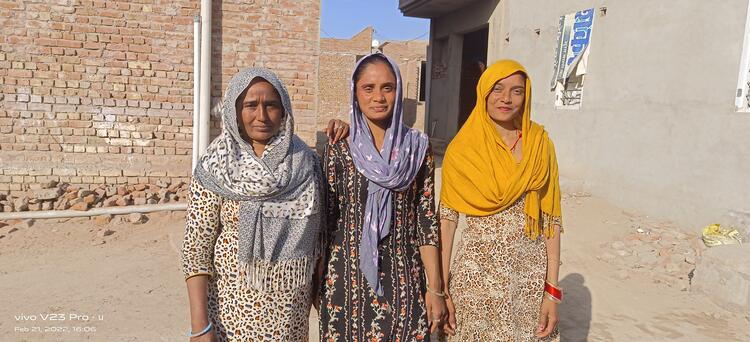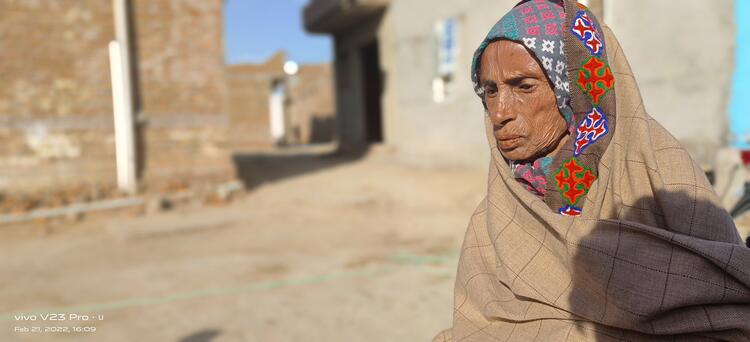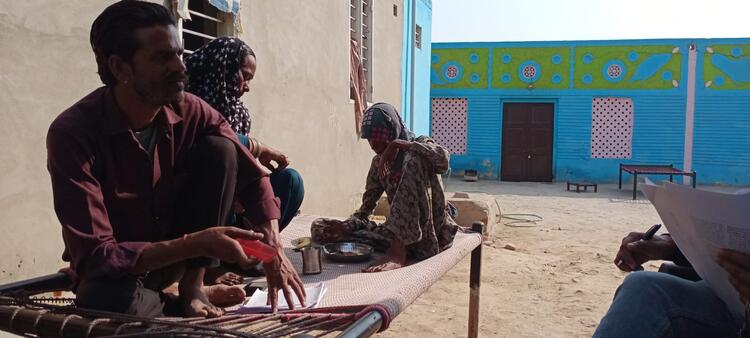Geography
Sansi people are found in India and Pakistan. Most of the people are living in north western part of India, mainly in Punjab, Rajasthan, Haryana and Delhi, and sparingly scattered in Madhya Pradesh, Himachal Pradesh, Chhattisgarh and Maharashtra (Singh 1998:3136). According to Singh, Sansi people are concentrated in Ludhiana, but are also distributed in other districts of Punjab. They are also found in Jaipur, Jaisalmer, Bikaner, Jodhpur districts of Rajasthan state (Singh 1998: 3136). They are predominant in rural areas.
In our field trips in Punjab and Rajasthan, we found that Sansi people of Punjab no longer speak their Sansi language; they have shifted over to Punjabi. We have visited Ludhiana, Patiala, Sangarur, Amritsar, and Gurdaspur district headquarters and a few tahsil headquarters. They are mostly in the rural areas where they do cultivation of various crops and a few in the urban areas, where they do mostly labour work of building constructions, selling clothes and various other items. They are no more nomadic in this state. Those Sansi who have seasonal migration from Rajasthan continue to live a nomadic life.
In Rajasthan, the Sansi people continue to use their language. They live only in the main towns of Jaisalmer, Bikaner, Barmer, Jodhpur and Hanumangarh and Ganganagar districts.
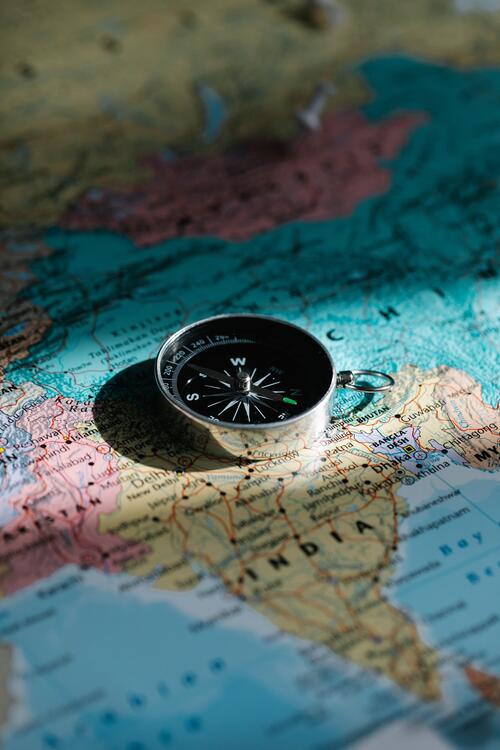
Know Sansi People
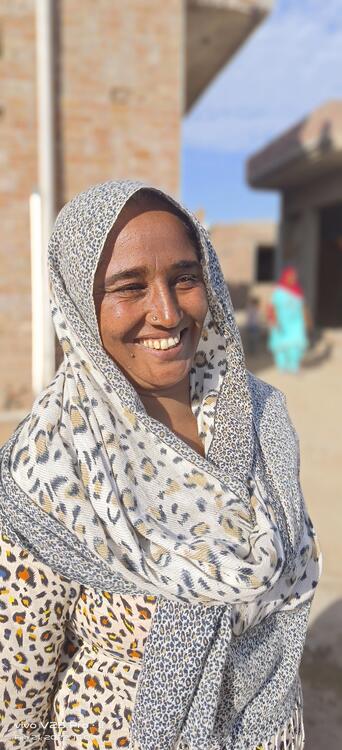
The Sansi people are divided into two divisions; the Mahla (Mahta) and the Behdoo (Beedoo). They are named after their famous ancestors, who are the brothers and sons of Raja Sansmal, whom they revere as their guru. Behdoo had twelve sons and Mahla had eleven. Later these two division are divided into twenty three clans (Singh 1993: 1146).
According to 1991 census the total population of Sansi is 85,651. Gussain mentioned in his case study, Sansi is a wandering community does not have any special habitat, nor apparently any permanent interest or connection anywhere. In the past, they were known as a "criminal tribe". During the British period they includes Sansi are in the criminal tribe list. Sansi people have fought very hard for their freedom even after the British left India in 1947. They tried hard to free themselves from the grip of the 'Criminal Tribes Act' imposed by the British rulers. After a long struggle they finally were freed (de-notified) from the label in 1952. (www.languageinindia.com). Other people around them still consider them as a criminal tribe. Outsiders do not dare to speak with them, perceiving the Sansis to be very quarrelsome and consider that their fighting attitude is a basic barrier for any communication with them.
Most of them are doing agricultural work and also they are doing shoe polishing, rearing cattle, gathers of iron dust and casual labour. They follow Hinduism and Sikhism and most of Sansi Hindus worship Shiva and some of them are followers of Radha Soami sect, have a temple at Sacha Sauda at Ganganagar in Rajasthan. The Sansi Hindus worship Shiva. At Ghansal in Rajasthan, a temple is built in memory of their ancestor (Singh 1993: 1149)
Sansi people have a traditional caste panchayat to maintain social control and deal with all disputes. They have their own rules and regulations, and people of the community are firm in following the rules under any and every circumstances. (www.language inindia.com). Literacy rate of first language is below 1% and second language, Sindhi and Punjabi literacy rate is below 5% (Gordon 2005: 386)
Language
Sansi [SSI] is classified as Indo-European, Indo-Iranian, Indo-Aryan, Central zone, Western Hindi, Hindustani, Sansi (Gordon 2005: 386). The alternative name of Sansi is Bhilki and Sansiboli (Gordon 2005: 386). The speech variety is closely related to the Rajasthani, Sindhi and Punjabi languages and in the respective states of their residence; they are bilingual who know the respective regional languages such as Punjabi, Rajasthani, Sindhi and Hindi. They mostly use Devanagari script (www.languageinindia.com) Ethnologue indicates the dialect is between Punjabi and western Hindi. They sometimes identify themselves as Marwari. Lexical similarity 71% with Urdu, 83% with the Sochi language variety. (Gordon 2005: 386) one of the interviewers told to surveyors that in Punjab sansi are not speaking their language.


